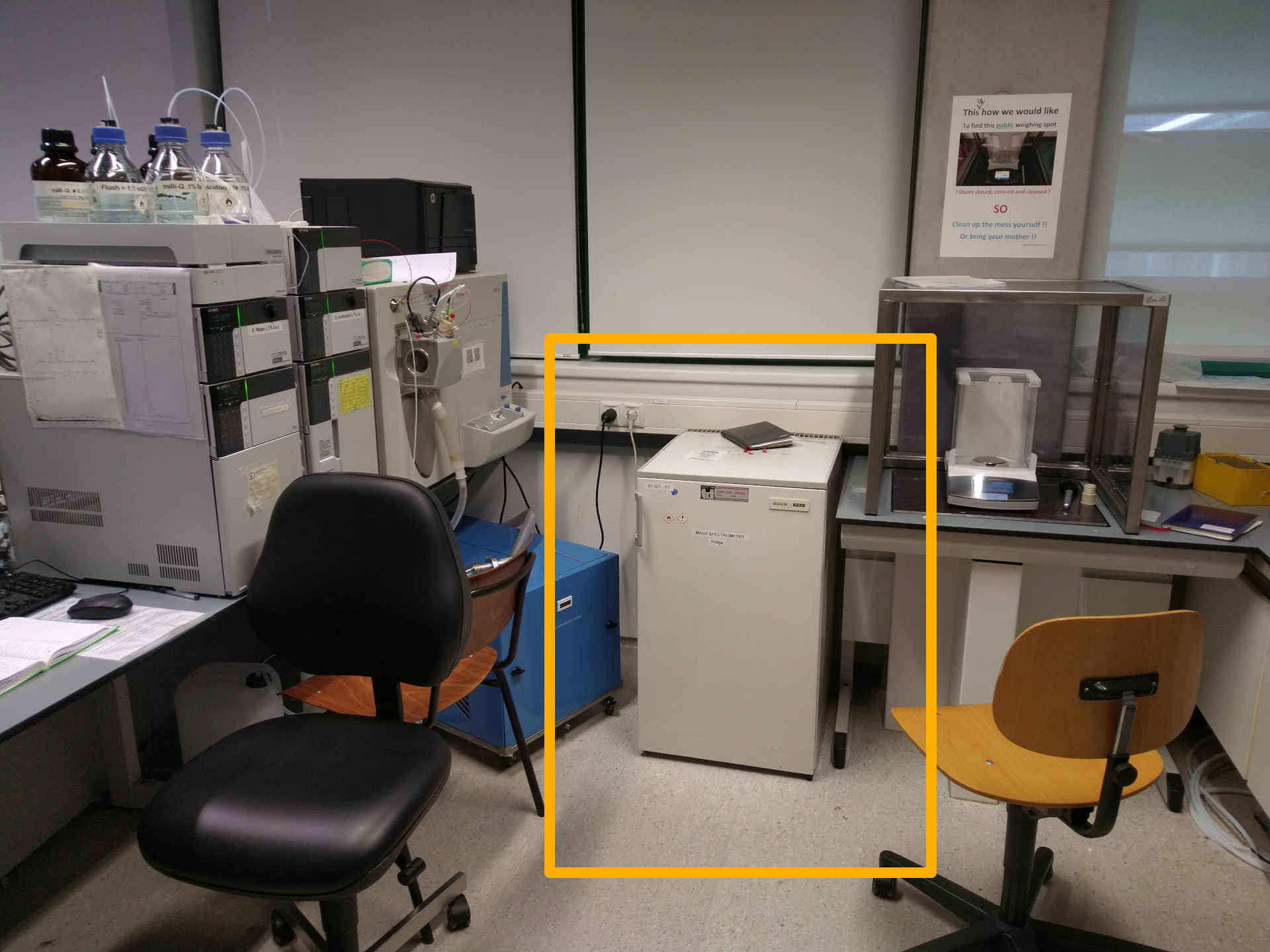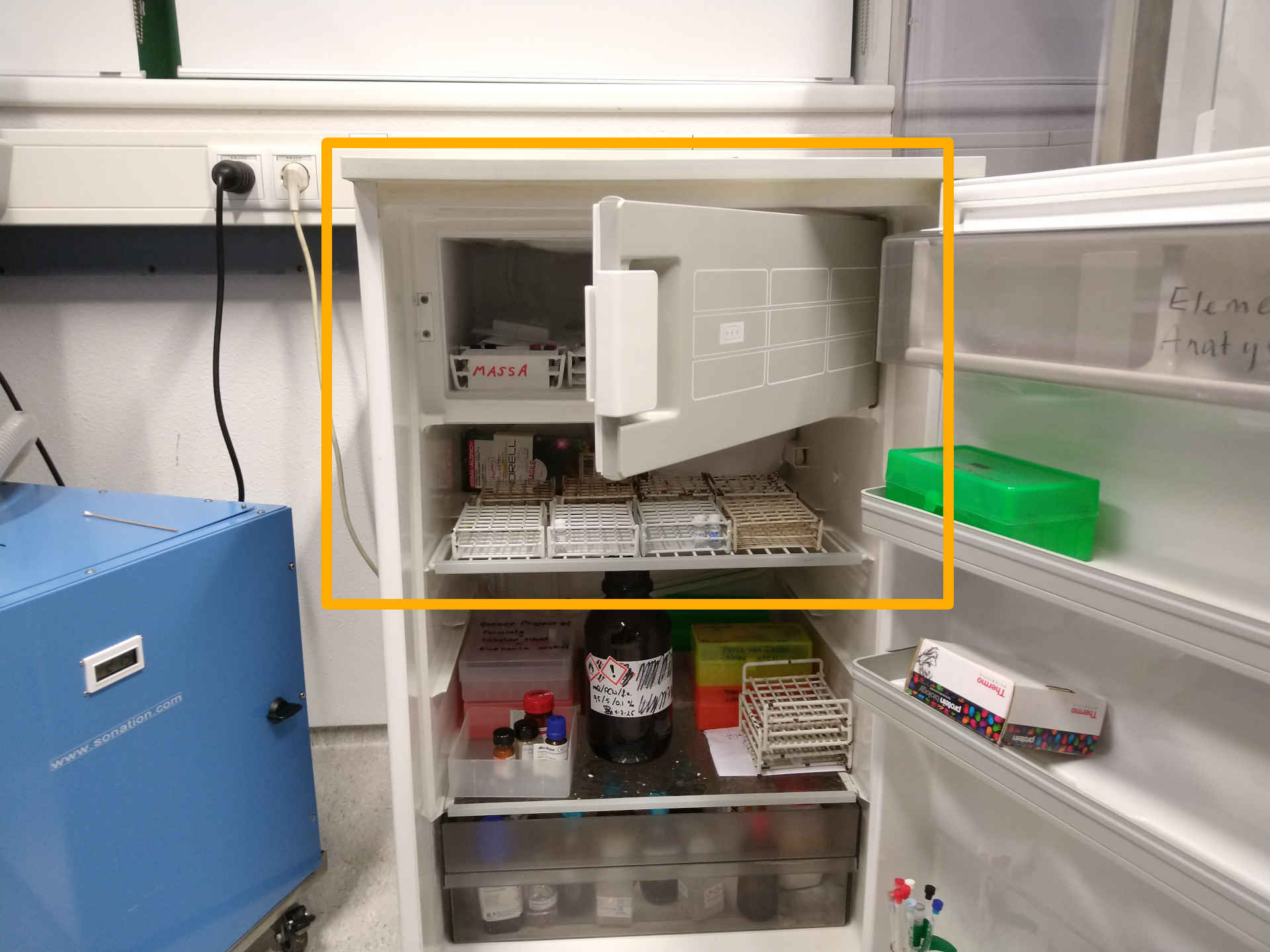 IMM Instrument Guides
IMM Instrument Guides
 IMM Instrument Guides
IMM Instrument Guides
In the submission form show full spectrum, not only the subsection.
Check your isotopic pattern briefly prior to submission.
Do not submit too concentrated samples.
Use a new sample for the Accurate-Mass submission to prevent contamination.
Use separate form for every submitted sample.
Do not forget to both send submission form to Jan[1] and put the printed version onto the place.
Please refer to the Sample preparation (MS, LC-MS).
In general, follow the recommendations in the submission procedure below. With first few samples its hard to get the concentration right as every group of compounds ionizes differently. Best is to start with rather diluted solutions and then adjust based on the feedback provided with the results.
If you’re submitting for the first time, please say Hi to Jan (HG 03.409), to get to know each other a bit. ;)
Check that your sample is visible in mass spectrum (ISQ mass spectrometer - Wing4 (MS), LCQ-Fleet in no-column mode, LCQ-Max)
Check that your isotopic pattern fits.[2]
Prepare new ~10µM sample of your analyte preferably in MeOH (MeCN, or milli-Q) free of additives. Samples of easy-to-ionize compounds (for example amines) should be even more diluted.
Consult with Jan[1] before submitting the sample if you need to use additives or if special measures should be taken (for instance if you need to perform analysis completely in the aprotic solvent - MeCN, or want to see anions).
Fill in the submission form:
xlsx,
pdf.
Examples: example ISQ,
example Fleet.
Submit the samples by placing them into the fridge located in HG03.411 next to the balances.
Mail a filled submission form to j.zelenka@science.ru.nl and put the printed version in the place for sample submissions.
Once the sample analysis will be done, you will see an e-mail in the inbox and the analysis will be in the place for sample submissions.

Fridge - location.¶

Fridge - places for the Sample Submission.¶

Place for submission forms.¶
As accurate mass spectrometry measurements are used for compound identification, It is crucial to correctly interpret the results and be aware of the limitations of the method. One of the limitations is lack of the information about purity - having a clean MS spectrum does not mean that your compound is pure. At the same time, you can have a very pure compound and you can obtain very crowded MS spectrum with only small peak (or no peak at all) of your target molecule. The second limitation is that the method is not conclusive, especially at higher masses. To take an example from ACS author guidelines - if we take nominal parent m/z of 118, there are no candidate formulae within 34 ppm of each other. When the ion is of m/z 750.4 and the formulae are in the range, there are 626 candidate formulae that are possible within 5 ppm. That means that at m/z 750, an error (and precision) of 0.018 ppm would be required to eliminate all extraneous possibilities.[3]
The abovementioned example clearly shows that higher the mass is, the more HRMS measurement serves as a guidance that the compound can be the target molecule and less that the compound is the target molecule. Because of that, some journals does not have any strict limit how much ppm or mmu can be off to take the analysis as valid confirmation. To get an idea which results are fairly plausible, one can refer to the JOC guidelines, where m/z difference within 0.003m/z (3 mmu) is considered valid for molecular masses below 1000 amu.[4] And to RSC guidelines, where they accept difference within 5 ppm.[5]
if you are off by tens of mmu, its probably not your compound.
if isotopic pattern fits and you are between 5 and 10 mmu, it may or may not be your compound.
if you are within 5 mmu and the isotopic pattern fits, it may be your compound.
if you are within ~2.5 mmu and isotopic pattern fits, it definitely may be your compound.
If everything fits, it means your compound may be in the sample. It does not state anything about its purity.
If you have higher m/z, it can still always be something else regardless of how precise the result look.